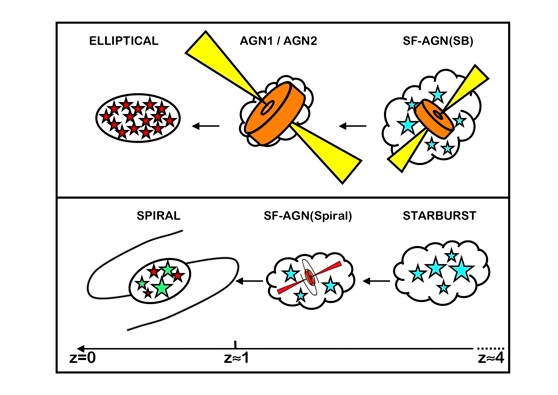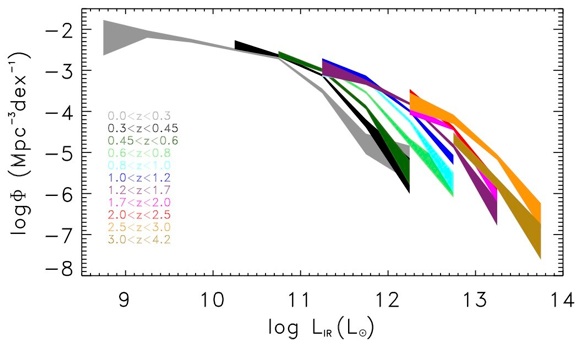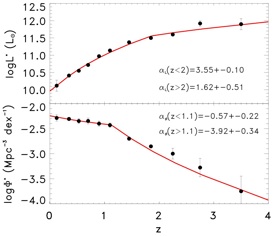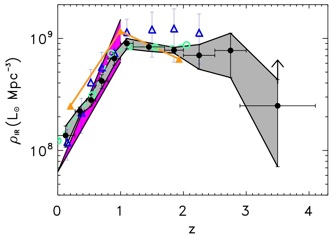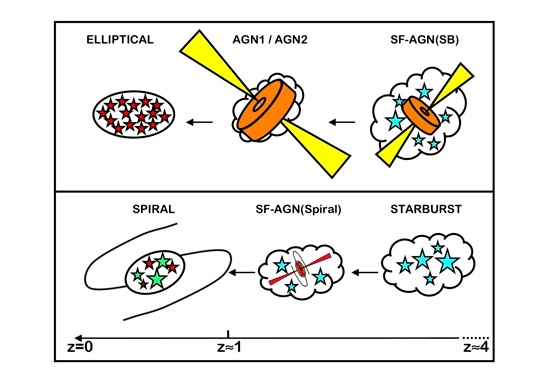
Herschel, ESA’s space observatory, carries the largest, most powerful infrared telescope ever flown in space (3.5-m).
A pioneering mission, it is studying the origin and evolution of stars and galaxies to help understand how the Universe came to be the way it is today.
The first observatory to cover the entire range from far-infrared to submillimetre wavelengths (55-670 μm).
Launch: 14 May 2009 on an Ariane 5 from ESA’s Spaceport in Kourou, French Guiana. The launch took place at 13:12:02 GMT.
PACS Evolutionary Probe (PEP) Survey:
-
★ SDP Luminosity function
(Gruppioni+ 2010, A&A, 518, L27)
-
★ PEP+HerMES Luminosity Function
(Gruppioni+ 2013, MNRAS, 432, 23)
LUMINOSITY FUNCTION IN DIFFERENT Z SLICES
LUMINOSITY AND
DENSITY EVOLUTION:
L* and Φ* as
functions of z
TOTAL IR LUMINOSITY
DENSITY VS. REDSHIFT
A two-fold evolutionary scheme for IR galaxies is envisaged:
-
1.on the one hand, a starburst-dominated phase in which the SMBH grows and is obscured by dust, is followed by an AGN-dominated phase, then evolving toward a local elliptical.
-
2.On the other hand, moderately star-forming galaxies containing a low-luminosity AGN have various properties suggesting they are good candidates for systems in a transition phase preceding the formation of steady spiral galaxies.
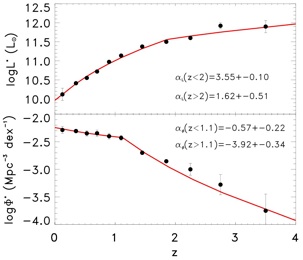
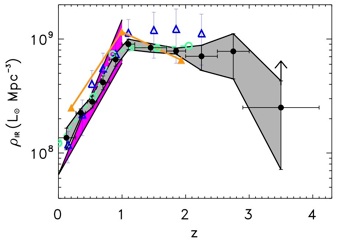


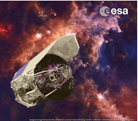
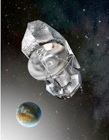
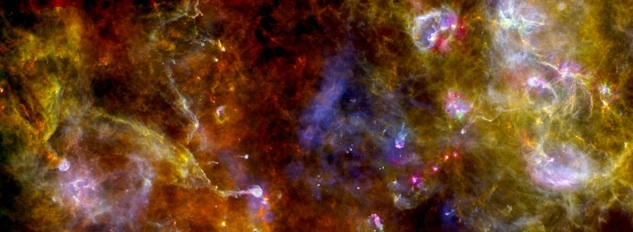
Herschel
